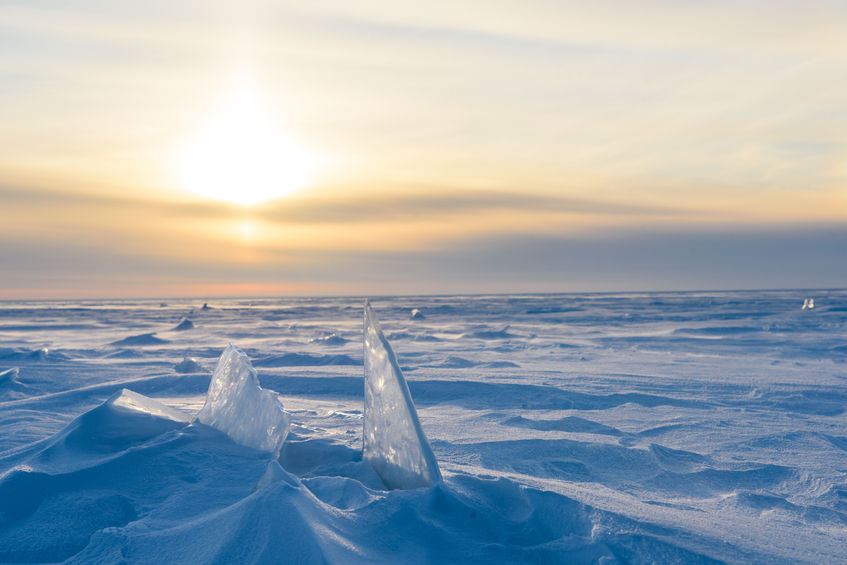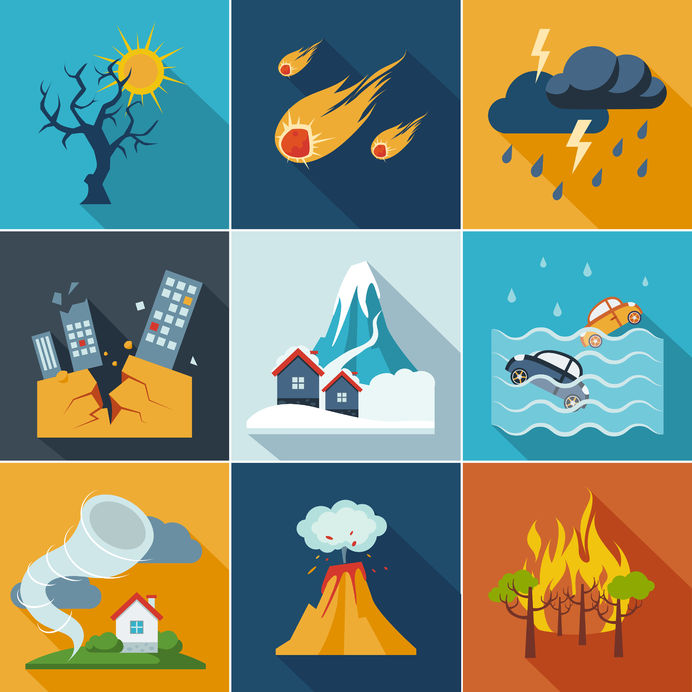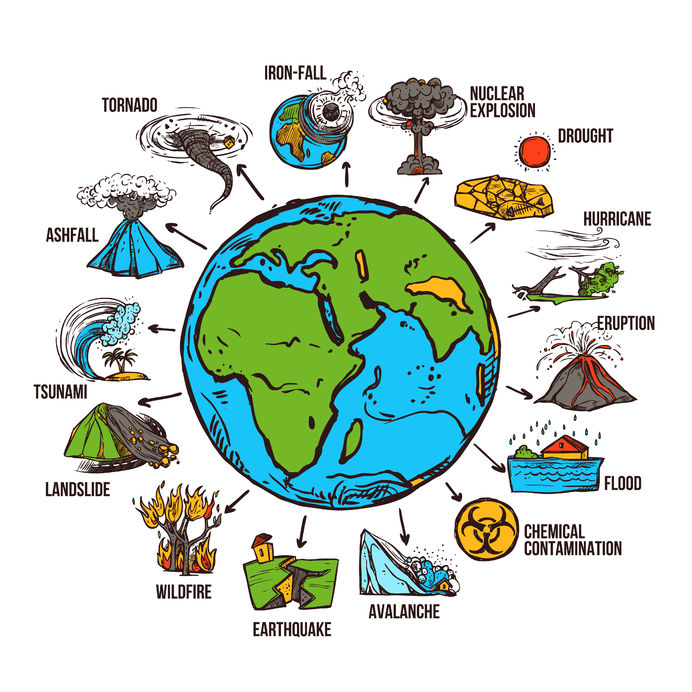A desert can be considered a cold desert when it has hot summers but extremely cold winters. These deserts are formed in plain areas and are also called plateaus or mountain areas in temperate regions of the world. They are mostly located in temperate zones and are also present in the higher mountains.
For instance, in central Asia, the cold mountains do not precipitate from the monsoon, and the Andes border the Patagonia Desert to the west.
The cold deserts are to be located in the tropics as well as the polar regions. Like the other deserts, it also formed due to the very low rainfall. In Asia, the Gobi is the coldest desert, whose temperature in winters is equal to minus 40 degrees Celsius. The scientist considered Antarctica to be the coldest desert due to the low rainfall in that region. These cold deserts occur only when the temperature rises in a particular area. The environment is also very dry because of the remoteness of the coast, which results in atmospheric humidity from a lack of onshore winds.
The ecosystem in cold deserts:
These cold deserts are found in some of the major places, like Greenland, Iran, Western China, Antarctica, and some other places.
There are some famous cold deserts all over the world:
- The Atacama, which was located on the coasts of Peru and Chile,.
- The Gobi, which was located in northern China and southern Mongolia,.
- Great Basin which was located in the Western United States.
- Iranian, which was located in Iran, Afghanistan and Pakistan
- Namib, which was located on the coast of Southwestern Africa,.
- Takla Makan which was located in Western China,.
- Turkestan, which was located in Parts of the Middle East and Southwestern in Russia,.
The climate in Cold Deserts:
In winter seasons, the rainfall occurs in very large amount as compared to the summers and the rainfall occurs in between 14 and 25 cm or sometimes more, depending on the situations. The rainfall can be expected in the month of April or May and it is also the time when monsoon come to India.
On average, the temperature rises from -2 to 4 degree Celsius in the winter and 21 to 27 degrees Celsius in the summer.
The ecosystem is nothing but it may be helpful for the survival of living organisms. In cold deserts, it is very difficult to survive but many organisms are capable of surviving there too.
Animal Adaptations in Cold Deserts: In Cold Deserts, most of the animals don’t have the ability to stay in cold places and they change their places according to the atmospheric conditions. But there are also so many animals that are meant for the cold regions; they are only available in the cold mountains or cold deserts and make themselves to live there.
- Deer have the ability to stay only in winter and in summer it will migrate after shedding his coat.
- Some other mammals like kangaroo rats, kangaroo mice, kit fox and several kinds of lizards, all dig burrows, jackrabbits, wolves, lizards, etc. and have the strength to survive at extreme conditions.
Plant Adaptations in Cold Deserts:
In cold deserts, the plants having the capability to survive were rice grass, black sage, and some other plants. Even most of the plants cannot survive because of heavy rainfall. Due to this, it can’t absorb all the water in its surroundings. If a huge amount of water is available in their surroundings, it will not stay for a long time.





